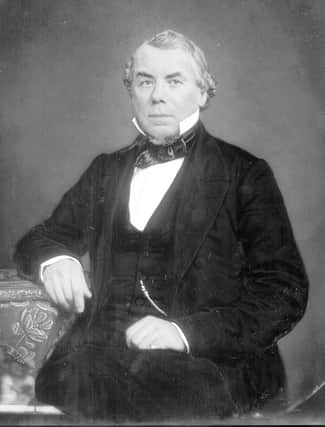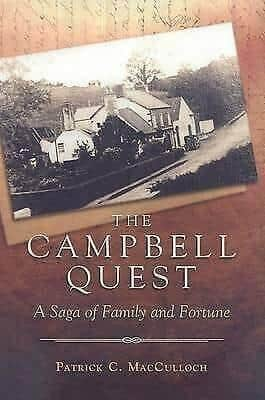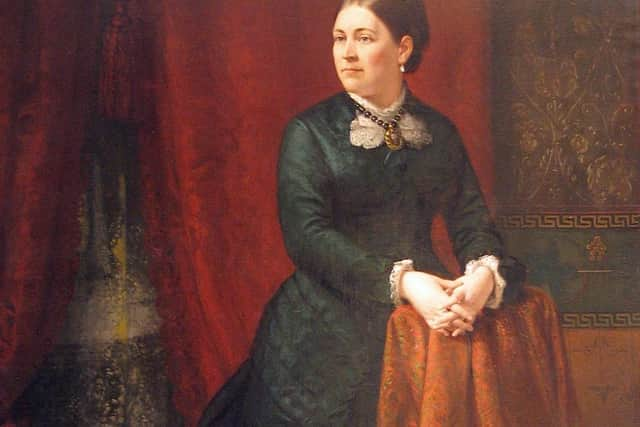Heroes of the ‘Wee Yard’ and the wild west’s most important Irishman


At www.thebelfastshipyard.org, the website is compiled by Nigel Henderson (History Hub Ulster), Maureen McKinney (Belfast Titanic Society) and Brian Mooney (County Antrim Yacht Club) who last week listed the site’s main themes.
In the days when Harland and Wolff was the biggest shipbuilder in the world, the Workman Clark yard, though very substantial, was endearingly nicknamed the ‘Wee Yard’ by local folk, simply because Harland and Wolff was so enormous.
Advertisement
Hide AdAdvertisement
Hide AdOn its stationery and paperwork Workman Clark proudly and unequivocally extolled itself as ‘The Belfast Ship Yard’.


The new website outlines the yard’s vessels from The Great War and includes an extensive biography of Lieutenant Edward (Ted) Workman who died of his wounds in January 1916.
Men from both Belfast shipyards went to sea during WWI and sadly, some perished on vessels that they’d welded, riveted, fitted-out and launched on the Lagan’s historic slipways.
In the aftermath of war, Workman Clark was one of the first heavy industry companies to erect a memorial to the men who never returned.
Advertisement
Hide AdAdvertisement
Hide AdBearing 136 names, it was unveiled by Sir Edward Carson on Friday, August 8, 1919, the day before Belfast’s Peace Parade.


The website includes biographies of some of the fatalities named on the memorial, and there is also a section about the men who survived WWI - some left with serious disabilities.
History Hub Ulster cordially invites News Letter readers to the scheduled Zoom launch, entitled ‘Workman Clark in the Great War - Website Launch’ it’s at 8pm July 1.
The Meeting ID is 845 0880 5653 and the Passcode is 803694.
Advertisement
Hide AdAdvertisement
Hide AdThere’s another online topic that deserves a mention, relating to famous Wild West fur trapper, explorer and entrepreneur Robert Campbell, born in Plumbridge, Tyrone, in 1804.
On this page on June 16, News Letter reader Beulah Dillon introduced us to the Ulsterman who “emigrated and made a fortune from beaver trapping.”
She referenced a book about Robert called ‘The Campbell Quest’ and reminded us that “his home at Aughalane, Plumbridge, has been moved, brick by brick, to the Ulster American Folk Park in Omagh.”
There’s also an enormously evocative film clip on the web which reader David Wallace high-lighted in his recent note to Roamer.
Advertisement
Hide AdAdvertisement
Hide AdThe segment is from a BBC Two documentary broadcast in February 2018 entitled ‘Robert Campbell, Mountain Man’, celebrating the historic Ulster-Scots pioneer.
It is introduced by Alan McFarland, Robert Campbell’s great, great, great, great nephew.
With stunning panoramic footage of the Rocky Mountains, where the brave young frontiersman was forced to eat his dogs and horses to save himself from starvation, and where he fought off attacks from wild animals as well as the native Indians.
The clip is at www.bbc.co.uk/programmes/p05xx17b
Some more useful information about Campbell also came in an e-mail from Andrew W. Hahn, the executive director of The Campbell House Museum in St Louis.
Advertisement
Hide AdAdvertisement
Hide AdOpened to the public in 1943, the museum is in Robert’s former home in the city.
“My institution is dedicated to telling the story of Robert Campbell on this side of the Atlantic,” Andrew Hahn’s e-mail began, and continued; “Campbell’s father-in-law, the Hazlett Kyle mentioned on Roamer’s page, was also born in County Tyrone at Six Mile Cross just outside of Omagh.’
Robert met his young wife-to-be, Virginia Kyle, in Philadelphia in 1835.
She was still a schoolgirl, and despite the big difference in age (Virginia was 13 and Robert was 31), the two fell in love and began a six-year, long-distance courtship before they married in 1841.
Advertisement
Hide AdAdvertisement
Hide AdIt was noted here that Virginia was the daughter of Hazlett Kyle ‘of North Carolina’ and Lucy Ann Winston, and it is most intriguing to be informed that her dad, like her husband, was a Tyrone-man!
Robert and Virginia moved into their St Louis family home, now the Campbell museum, in 1854.
Today’s page ends with the closing chapter of the museum’s website at www.CampbellHouseMuseum.org which recounts the final days of the lad from Tyrone who has been called ‘the single most important Irish-born figure in Wild West history.’
Robert became one of the wealthiest men in Missouri, extending his real estate empire as far as El Paso and Kansas City, serving as president of two banks, and managing the finest hotel in the city, the Southern.
Advertisement
Hide AdAdvertisement
Hide AdVirginia gained a well-earned reputation as a graceful hostess, making Campbell dinner-parties the most sought-after social engagements.
Robert passed away in 1879, followed by Virginia in 1882, leaving the house to their sons Hugh (1847-1931), Hazlett (1858-1938), and James (1860-1890).
None of the boys married.
James attended Yale and Harvard universities and lived with Hugh in Paris for several years before dying at the age of 30 of influenza.
Hugh returned to the Campbell house, where he became known for his generosity and charity.
Advertisement
Hide AdAdvertisement
Hide AdRelatively little is known about Hazlett, who became something of a recluse and died in 1931. The house became a museum in 1943.
For more details about visiting the house where Robert was born and brought up, which is now in the Ulster American Folk Park, please go to https://www.nmni.com
A message from the Editor:
Thank you for reading this story on our website. While I have your attention, I also have an important request to make of you.
In order for us to continue to provide high quality and trusted local news on this free-to-read site, I am asking you to also please purchase a copy of our newspaper whenever you are able to do so.
Advertisement
Hide AdAdvertisement
Hide AdOur journalists are highly trained and our content is independently regulated by IPSO to some of the most rigorous standards in the world. But being your eyes and ears comes at a price. So we need your support more than ever to buy our newspapers during this crisis.
With the coronavirus lockdown having a major impact on many of our local valued advertisers - and consequently the advertising that we receive - we are more reliant than ever on you helping us to provide you with news and information by buying a copy of our newspaper when you can safely.
You can also enjoy unlimited access to the best news from across Northern Ireland and the UK by subscribing to newsletter.co.uk
With a digital subscription, you can read more than five articles, see fewer ads, enjoy faster load times, and get access to exclusive newsletters and content. Visit https://www.newsletter.co.uk/subscriptions now to sign up.
Thank you